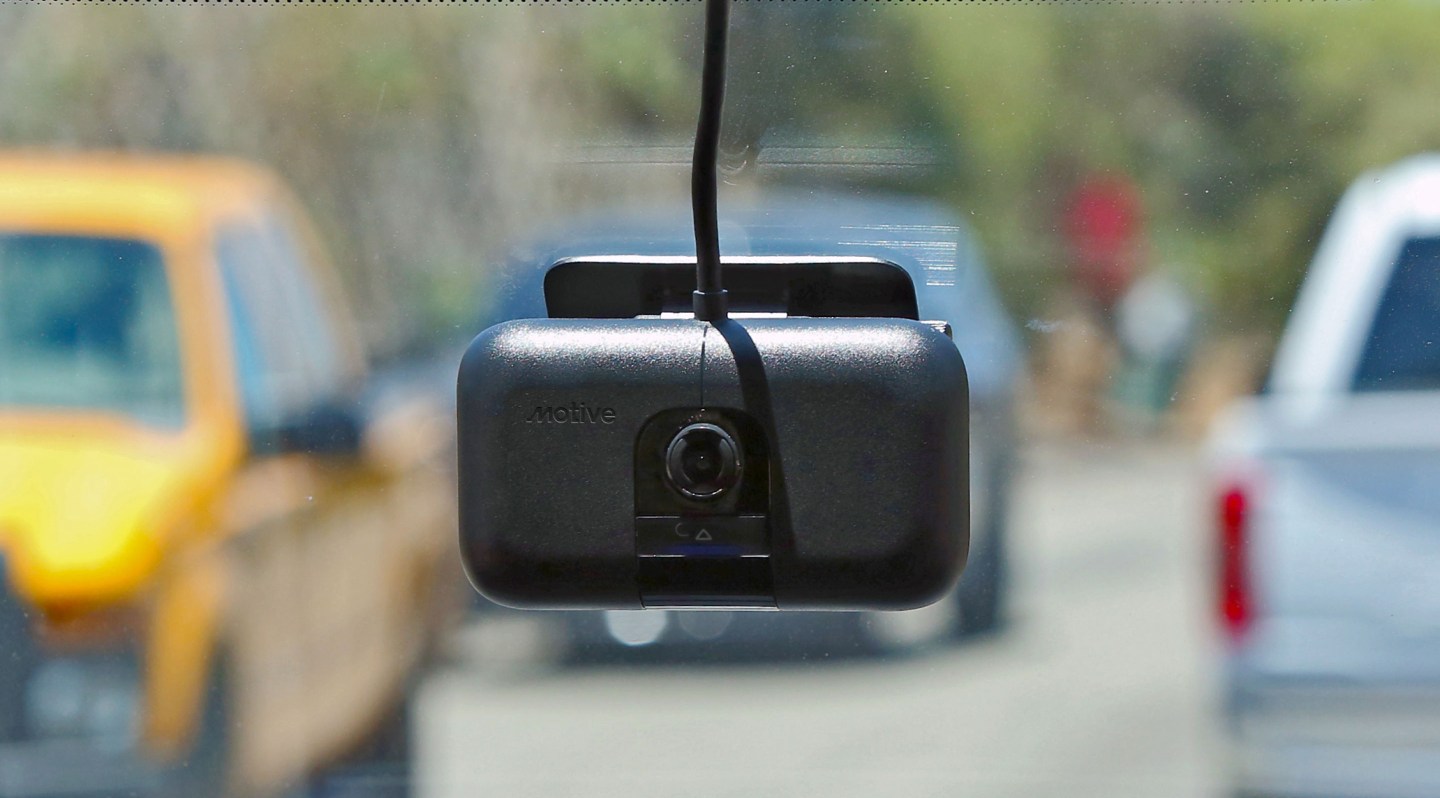Many fleets fail to invest in dual-facing dash cams. They’re too afraid of distancing drivers. But in their hesitance, these businesses miss something important: the vast safety benefits that dual-facing dash cams provide.
What if there were a way for drivers to accept dual-facing dash cameras right out of the gate? Actually, there may be. “Take a more positive approach,” says Dan Murray, Senior VP of the American Transportation Research Institute (ATRI). And how can you do that? By following Murray’s advice below.
1. Roll out dash cams gradually
For faster acceptance among drivers, don’t install dual-facing dash cams in all your vehicles at once. That won’t go over well with drivers. Instead, be strategic in your approach. “Start with drivers who are experiencing safety issues, then slowly roll out driver-facing cameras to the larger driver population,” Murray suggests.
“Many drivers will say, ‘I haven’t had a crash in 10 years,’ or ‘I’ve never had a crash, so why should I have a dual-facing camera in my vehicle?’ And that’s a fair question.”
Starting with underperforming drivers allows you to use video clips to coach drivers to improve. Then you can use early success stories to build acceptance with others.
2. Focus on proactive driver coaching
For driver coaching to be effective, it has to be timely. It doesn’t get more timely than real-time alerts. Automated in-cab alerts from the Motive AI Dashcam signal unsafe driving instantly. So drivers can stop unsafe behavior instantly, before it leads to a crash. A proactive approach like this prevents accidents and contains costs. That’s good for businesses and for drivers.
Driver coaching has major benefits, whether you prefer automated or in-person. Motive customers who frequently coach, and who use AI dash cams across their fleet, saw up to 80% fewer accidents than those who don’t. Respondents in the Motive 2023 State of Safety Report said they benefited from coaching as well:
- 56% saw fewer unsafe driving behaviors
- 53% saw fewer accidents
- 44% saw insurance savings
People will have you believe that commercial drivers are staunchly opposed to dual-facing dash cams. It’s simply not true. What drivers oppose is a punitive approach. Proactive safety training takes a positive approach, and drivers prefer it.
ATRI’s recent study, “Issues and Opportunities with Driver-Facing Cameras,” showed that dash cam acceptance actually grew when they were used to help drivers become more skilled. Current users rate dual-facing dash cams more than twice as high as drivers who’ve never used them.
“Our report showed that using dash cam video for proactive safety training not only had a benefit, but that drivers appreciated when the data was used to make them better drivers,” Murray says.
A recent Motive study of 60 active fleets and 40,000 drivers reinforces these findings. In the study, fleets using dual-facing dash cams retained 2.9% more drivers after 75 weeks than those using road-facing dash cams.
Here’s what Motive drivers have to say about dual-facing dash cams, in their own words.
3. When drivers show improvement, reward them for it
For drivers to embrace dual-facing dash cams, companies have to start using dash cameras more positively. The safest fleets already do. “Using dash cam clips as positive reinforcement isn’t common,” Murray says, “but the drivers in our survey were really excited about the possibility of that.”
Murray recommends incentivizing drivers with timely rewards, especially when drivers improve or reach a milestone. All achievements should be rewarded, no matter how small. “You could say, ‘Last month you had 10 hard braking incidents, this month you only had two. I’m going to reward you for that,’” Murray says.
To incentivize drivers, consider gamifying safety:
- Set up a safety leader board
- Offer badges and free merchandise
- Inspire friendly competition, with prizes for the safest drivers and teams
Gamifying safety makes it easy for drivers to track their progress and invest in safe performance. Safety managers and driving coaches should reward safe behavior soon after it happens. This helps to create a positive association that shapes the learning process. By associating safe driving with reward, drivers will want to repeat safe behaviors going forward.
Incentivizing safe habits motivates drivers that much more. The more recognition you give them, the more empowered they’ll be to reach their safety goals.
4. Ask your youngest drivers to champion dash cams
Younger drivers grew up with technology. They expect to work with it. Fleets should capitalize on this expectation by choosing a pool of younger drivers to trial dual-facing dash cams. Younger drivers can then champion the cameras with older drivers.
“Younger drivers were born with a smartphone in their hand, so to speak,” Murray says. “They can serve as a strategic blueprint for increasing adoption of innovative technologies in commercial fleets. That includes dual-facing dash cams and other technologies that companies are looking to onboard.”
Explore the Motive AI Dashcam
Onboarding dash cameras doesn’t have to be a challenge. It’s all in the approach. The Motive approach couldn’t be easier. Learn what the AI Dashcam can do for your safety capabilities, and contact sales to continue the conversation.




